Aave V4: How does the loan faucet rebuild the moat?
Written by Matt, Castle Labs Researcher
Compilation: Tim, PANews
At the Ethereum Community Conference (ETHCC), Aave founder Stani announced the upcoming release of a new version of the protocol, Aave V4. As the largest lending protocol in the DeFi space, this iteration has attracted much attention from the market.
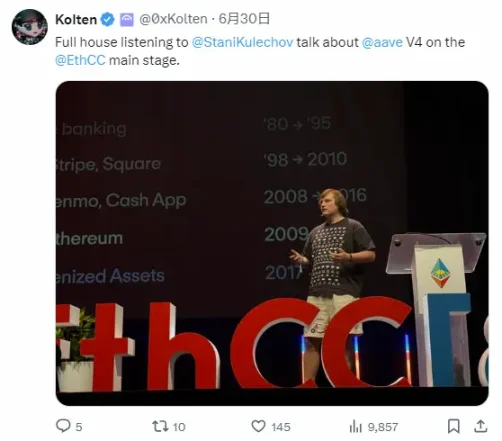
Today, I'm going to focus on the feature updates of the Aave V4 protocol, especially how the new interest rate parameters and the GHO stablecoin upgrade reconstruct the protocol ecosystem. These innovations have the potential to profoundly change the funding efficiency model, with the adoption of dynamic spreads in liquidity pools and market-driven pricing of lending rates for the first time; GHO's cross-chain enhancement module will not only improve the utility of stablecoins, but also build a new financial infrastructure for the entire protocol through on-chain liquidation optimization of debt positions.
What is AAVE V4?
Aave's total lock-up value surpassed the $25 billion mark for the first time, making it the first lending protocol in the DeFi space to reach this milestone. Its development team is actively working on new features with the aim of further driving platform growth through risk parameter adjustments.
New features announced last year are coming soon:
-
Unified liquidity layer: A series of modules have been introduced to remove the original restrictions on liquidity migration, while adding new features such as cross-chain lending.
-
Fuzzy control of interest rates: This mechanism automatically adjusts the interest rate curve and inflection point based on market conditions, rather than relying on governance voting.
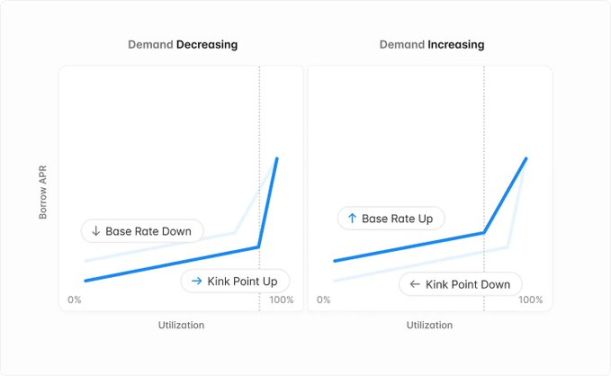
Liquidity premium: The cost of borrowing will be more dependent on the liquidity status of each token. Assets such as ETH remain at no premium and become the base currency, while other assets such as WBTC and wstETH will adopt a corresponding premium mechanism based on their liquidity status.

Aave V4 Lending Module: The team is exploring the adoption of smart accounts to support features such as the Aave Vault, which can lock liquidity, disable collateral functionality, and more.
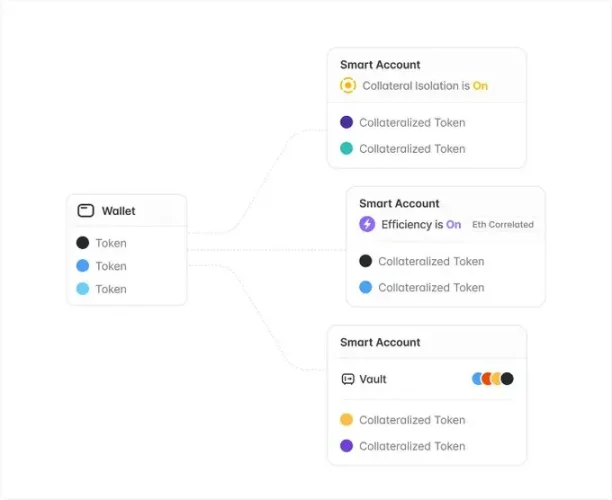
Dynamic risk allocation: The collateral ratio is linked to the market state at the time the position is established, rather than subsequent market fluctuations, providing greater stability for users' positions.
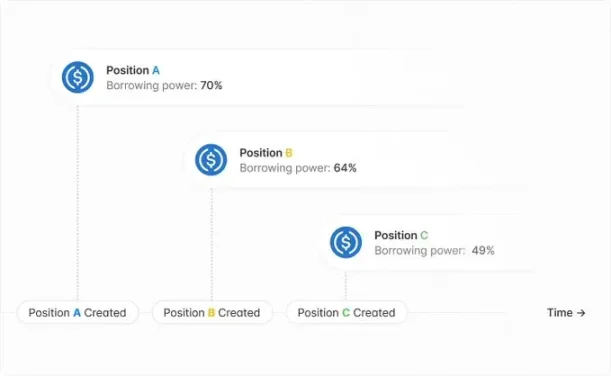
-
Automate asset decommissioning
-
Automate money management
-
Clearing Engine V4: Aave's liquidation mechanism is undergoing a major upgrade, including variable liquidation parameters and rewards, as well as support for batch liquidation.
-
Deeper GHO integration: GHO will achieve deeper native integration in Aave V4, including soft liquidation mechanism upgrades, stablecoin interest payments in GHO, and new emergency redemption mechanisms.
-
Additional upgrades include gas fee optimization and features such as the deprecation of tokenized positions and interest rate stabilization.
Now let's dive into two important changes: the unified liquidity layer and the GHO upgrade.
Unified liquidity layer
The Unified Liquidity Layer introduces a new chain-agnostic, independent, and abstract liquidity infrastructure.
A significant improvement to the modular system is the ability to deploy new lending modules or take old lending modules offline without having to migrate liquidity.
This architecture allows for the addition or optimization of lending functions (such as segregated pools, physical asset modules, and collateralized debt positions) without changing the overall system and clearing module. At the same time, it effectively solves the liquidity fragmentation problem in the early versions of the protocol.
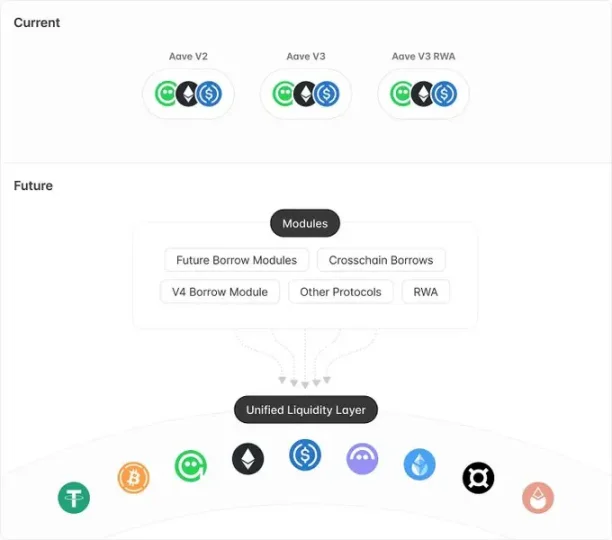
The liquidity layer supports both user-provided assets and natively minted assets, improving integration with GHO and other cryptocurrencies collateralized by the Aave protocol's native assets.
Cross-chain lending is probably one of the most impactful modules, allowing users to deposit on one chain and borrow on another. This not only significantly enhances the platform's cross-chain liquidity potential, but also creates new opportunities for market growth.
GHO upgrades
GHO is an overcollateralized stablecoin launched by Aave that currently has a market cap of over $220 million, up 53% since the beginning of 2025.
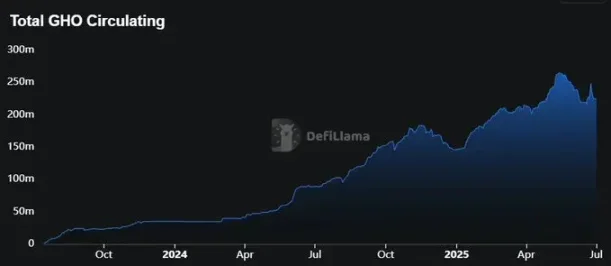
In addition to minor improvements such as improving the efficiency of native coinage, the most notable upgrade is the introduction of a flexible clearing mechanism. The mechanism borrows from crvUSD's innovative model to streamline the clearing process through a lending-clearing automated market maker (LLAMM).

Liquidation operations are carried out in customizable intervals, and the mechanism guides the system to convert assets into GHO when the market declines and repurchase collateral when it rises. Compared to crvUSD, Aave V4 has three major advantages: users can choose the collateral used to liquidate their positions from the basket of assets; Collateral that can be freely selected to be repurchased from among all available assets on the Aave platform (including assets not initially provided); You can also benefit from GHO's automatic interest income.
Another notable change is that stablecoin market users will be able to receive interest payments in the form of GHO, a mechanism that expands the supply of GHO by converting interest directly into tokens.
Aave V4 introduces an emergency redemption mechanism to deal with the extreme case of severe and persistent de-anchoring of GHO. After the mechanism is triggered, the platform will gradually convert the collateral assets with the lowest health coefficient into GHO tokens based on the innovative LLAMM design to pay off users' debts.
epilogue
For a protocol of such scale and importance as Aave, risk minimization is critical, especially when introducing key features such as cross-chain lending.
Automating processes such as asset delisting, interest rate model adjustments, and more can help reduce reliance on slow DAO processes, especially when dealing with market-driven changes.
Aave is confident in the growth of its stablecoin, GHO, which is currently receiving significant improvements and deeper integration in the protocol.
Aave is expected to continue to be a cornerstone of the DeFi space for the foreseeable future. The success of the broader ecosystem is highly dependent on its continued leadership. After all, no other project can maintain the same level of security while accumulating this level of total value of stakes.
